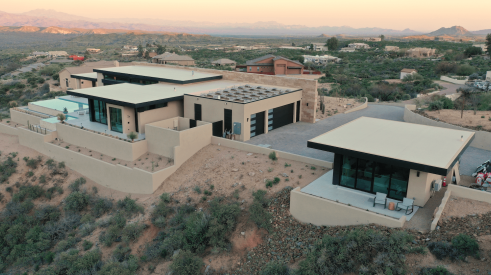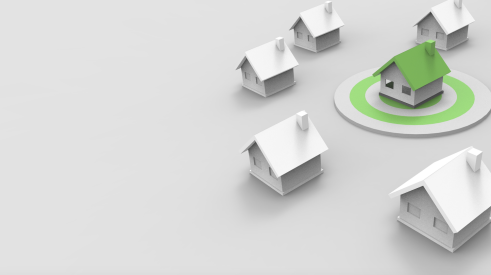  It looks good, but do your buyers understand they can damage the bamboo planks? The fact bamboo regenerates in its natural surroundings isn't the only factor to consider. |
Interior decorator Steven Patrick's clients have mixed reactions to bamboo. They like that it's a renewable resource and is hardier than other woods. They don't like that furniture, high heels or heavy objects can easily mar and damage a bamboo floor.
A green productBamboo's rise as a premier flooring product can be largely attributed to the fact that it's a rapidly renewable resource. Bamboo is a type of grass that reaches maturity in about three to five years, whereas oak trees can take 120 years to grow to full maturity. The bamboo plant also regenerates and, when left to its own devices, requires minimal fertilization or pesticides. Bamboo floors are also naturally water repellant.
David Knight, CEO of bamboo flooring manufacturer Teragren, estimates that 95 percent of bamboo flooring today is the Moso species, which is mostly grown in China. Other bamboo might come from Central and South American or even Vietnam. Teragren recently unveiled its latest boards, which can help builders attain LEED points.
QualityKnight says builders and contractors must objectively look at the price of bamboo; you mostly get what you pay for, he says, adding that not all manufacturers import their bamboo from the same sustainable sources or produce boards in ISO-certified facilities.
Color is equally telling. Knight notes that bamboo flooring gets its color from a process called carbonization in which bamboo is steamed under controlled pressure and temperature. As the bio-organisms and sugar breaks down, the color of the material changes into varying shades of brown. This, in turn, can weaken the structural integrity and overall hardness. The name "solid bamboo"doesn't help, either, and can be misleading. Natural and carbonized bamboo floors are often referred to as solid bamboo even though it's layered, similar to plywood.
Founder Dan Smith from Smith & Fong flooring agrees builders and buyers should pay strict attention to the color. "From empirical experience, the darker, amber color will be softer because of the heat process. The natural color is invariably the best. The flat grain, not the edge grain, will produce the hardest boards," he says.
Smith says that Smith & Fong's Plyboo product is the only bamboo flooring provider that's FSC-Certified right now. That means there's minimal, if any, need to use pesticides, says Smith.
"It's really more of a matter of appropriate application than anything," says Knight. "If you use a softer wood from who knows where in a high traffic area, well, yeah, you might not be satisfied with its performance."
Advertisement
Related Stories
Codes + Standards
Public Comment Period Opens for National Green Building Standard Updates
The 45-day public comment period for draft 2 of the 2024 NGBS begins on April 12, 2024
Design
The Desert Comfort Idea Home: a True Desert Oasis
A challenging environment, ambitious building-performance goals, and modern aesthetics come together in a stunning, net zero custom home in Arizona's Sonoran Desert
Sustainability
Top 10 States for NGBS Green Certification in 2022
To date, these are the top 10 U.S. states for green building certification






